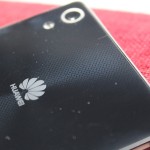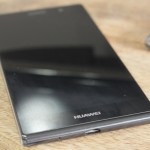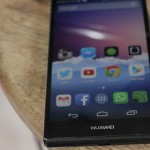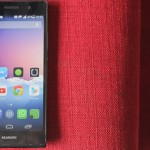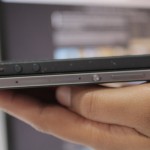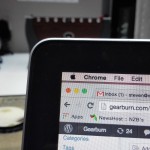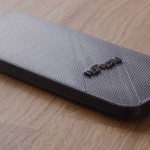Five years ago, launching a decent streaming platform took millions. Now? A teenager with a laptop can build something that reaches millions. That shift…
Huawei Ascend P7 review: mid-range supremacy
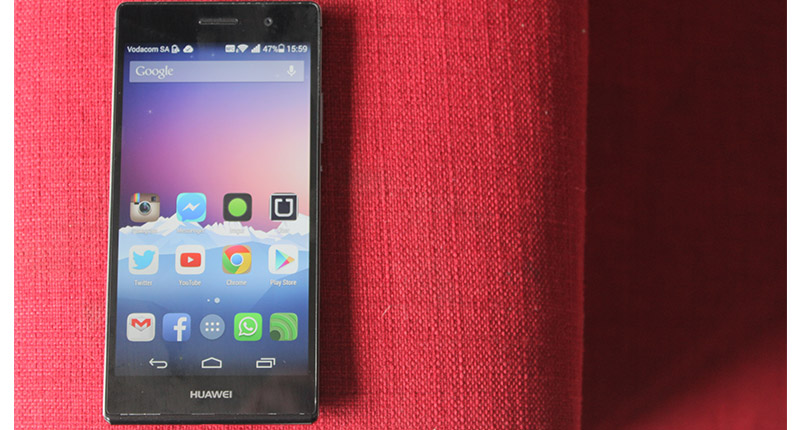

I’m obsessed with the singularity, a moment in time where the known universe suddenly vanishes as it coalescences into one star-filled mass of pure nothingness. It fascinates me because I like the idea of a galactic reset button. It’s a simple way of clearing the mess.
Simplicity is beauty itself and impresses when it’s in the form of a phone. And I must say that Huawei’s Ascend P7 is one of the simplest, most unpretentious phones of 2014. It’s a pure brick of Android that comes without the fluff and nonsense seen in most smartphones. It’s also pretty cheap, and will set buyers back a measly R4 680 (US$420 for US buyers).
Practically nothing is sacrificed for simplicity’s sake. There’s a 13MP rear camera, an 8MP front camera, a thinness of 6.5mm, a full HD screen with Gorilla Glass 3, 2GB RAM, 4G LTE and lots more (here’s the specifications). The phone itself is gorgeous and has the best screen I’ve yet seen. If you’re looking for a new Android phone you can stop right now, ’cause we’ve found it for you.
What I liked
I like the glass and metal combo of the design. It’s like Windows Phone and Xperia merged into one. There’s slim volume and power keys on the right-hand side, with the Micro-SIM and Micro-SD card slots below. There’s two instances of the word Huawei, a USB charging port and a headphone jack, and it’s all neatly integrated into the overall package. Especially beautiful is the rear, with its cool micro-pattern weave and spinning texture finish. It gives the rear visual depth, and is a compelling aesthetic extra. The P7 is also one of the slimmest phones I’ve used.
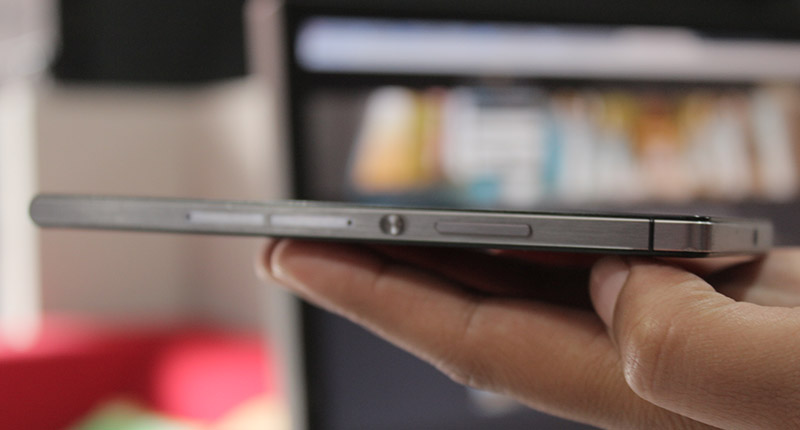
Huawei’s made a fast phone with a 1.8Ghz core and 4G LTE. Not that you’d notice if you use the default web-browser, which is a huge piece of a crap. Everything else is quite nippy, and the P7 springs to life when swiped open. It’s a middle-of-the-road phone when compared to the HTC One (M8) or S5, but is still a better purchase than the S4 and upcoming S5 Mini.
It also has quite the camera, and is more than suitable for indoors and outdoor shots. While the primary rear camera is good, the front-facing one is downright excellent. I’m glad to see that Huawei has paid so much attention to the valuable selfie market, as it’s added in a cute extra, namely the “beauty shot” mode. When taking a selfie, there’s a beauty slider on the bottom which when tugged, softens an image. Here’s my example:

As for the display, it’s uniformly excellent. The 1080×1920, 440dpi display is astonishing but not something I noticed on first blush. I was actually quite underwhelmed by the display, but that was until I loaded the P7 up with my latest full HD content. The videos are pristine. I’ve used a fair amount of phones and video has never looked as bright or as brilliant as it does on the P7. In a darkened room with headphones in, and when positioned at the right distance, it’s an experience comparable to an LED TV.
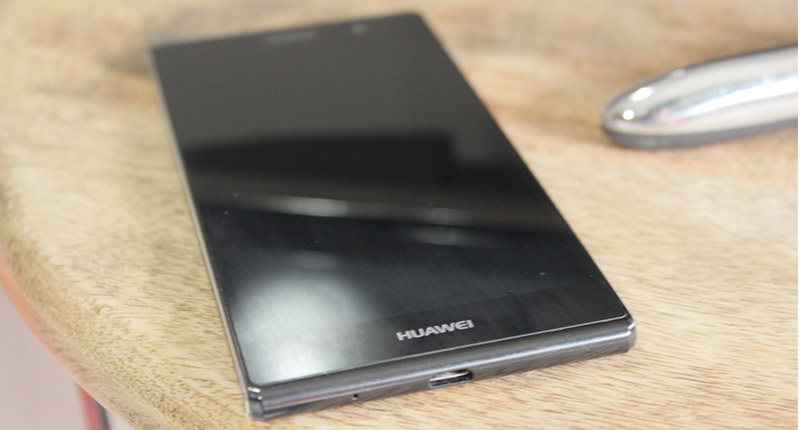
Battery life is standard, lasting a full day of heavy usage. It can be easily extended by using the built-in battery manager which shows exactly which apps drain the most power. This is the first time I’ve seen this used so effectively, as other builds of Android bury it in the options. To find it in the P7, you go to options, power saving then “Bkgd power-intensive apps”. Clicking that reveals the worst offenders, like Facebook Messenger and Gmail surprisingly enough. At the least it’s interesting, even educational.

P7 7
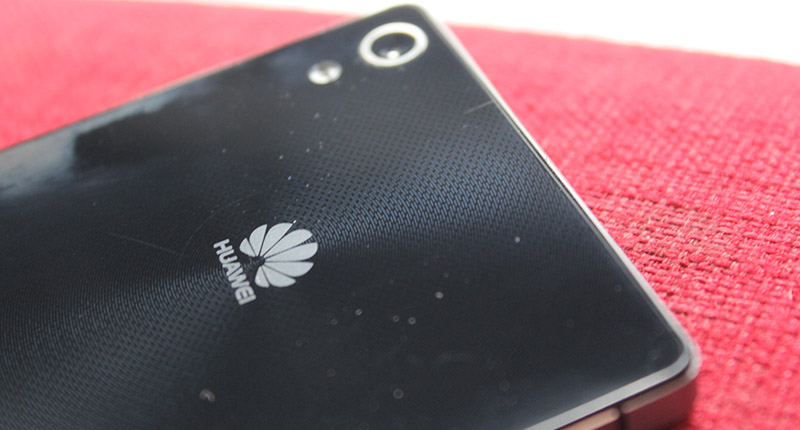
P7 1

P7 2
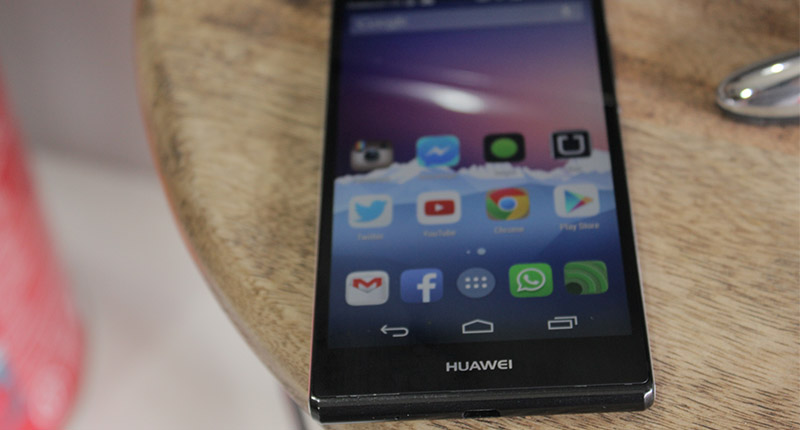
P7 3

P7 6

P7 5

Withandwithout

Close Up 1
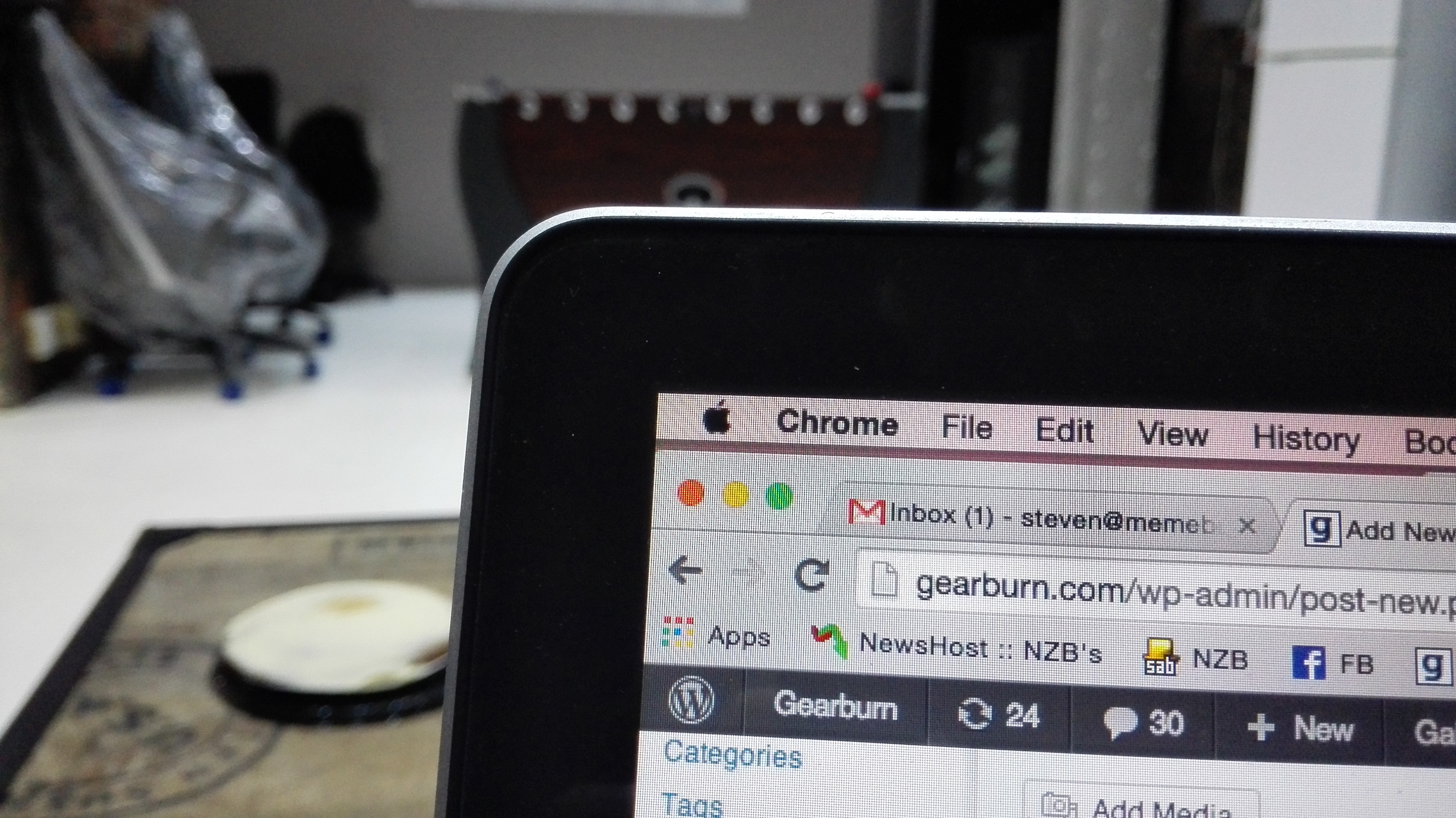
Dino Shot 1
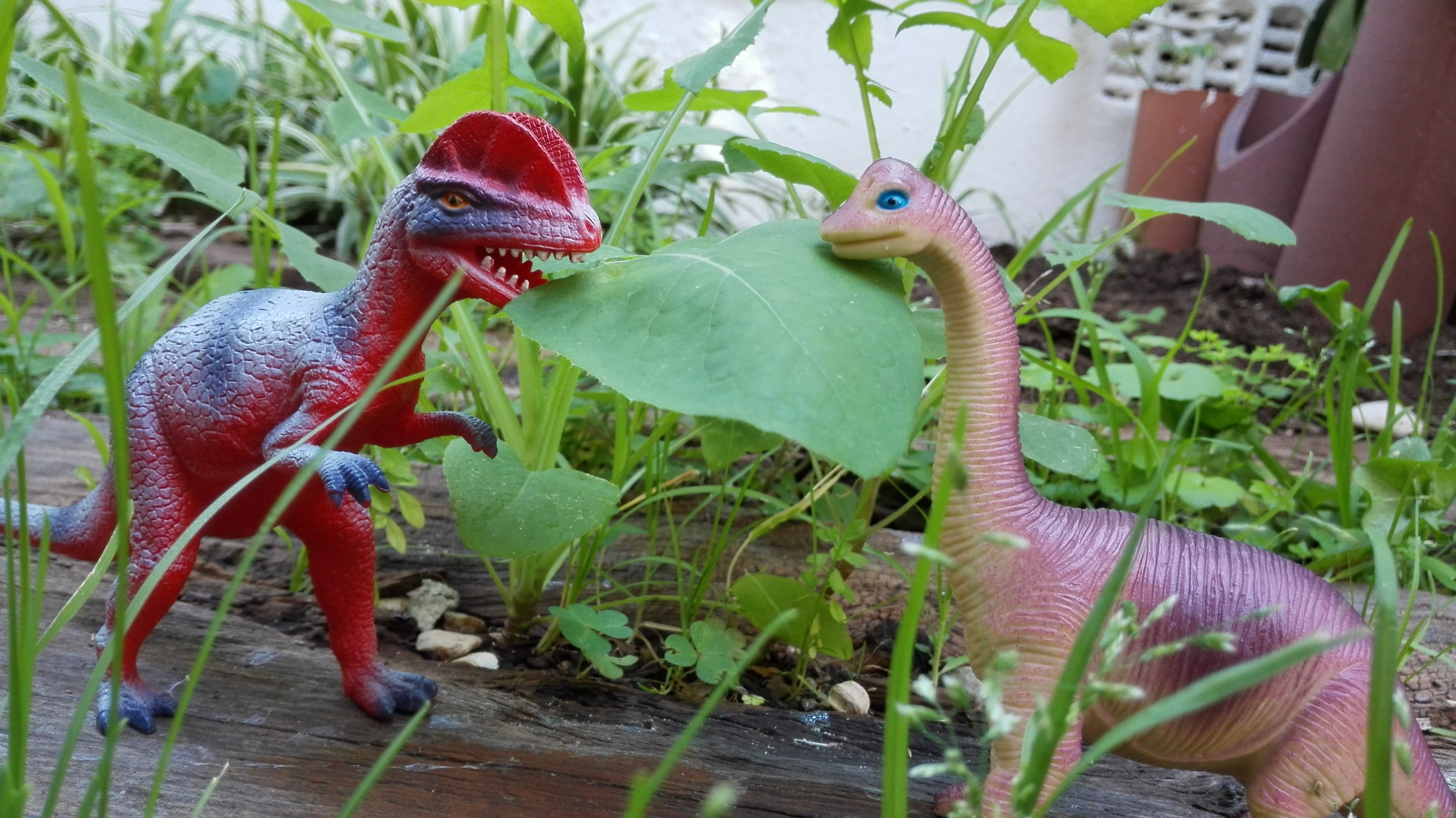
Dino Shot 2
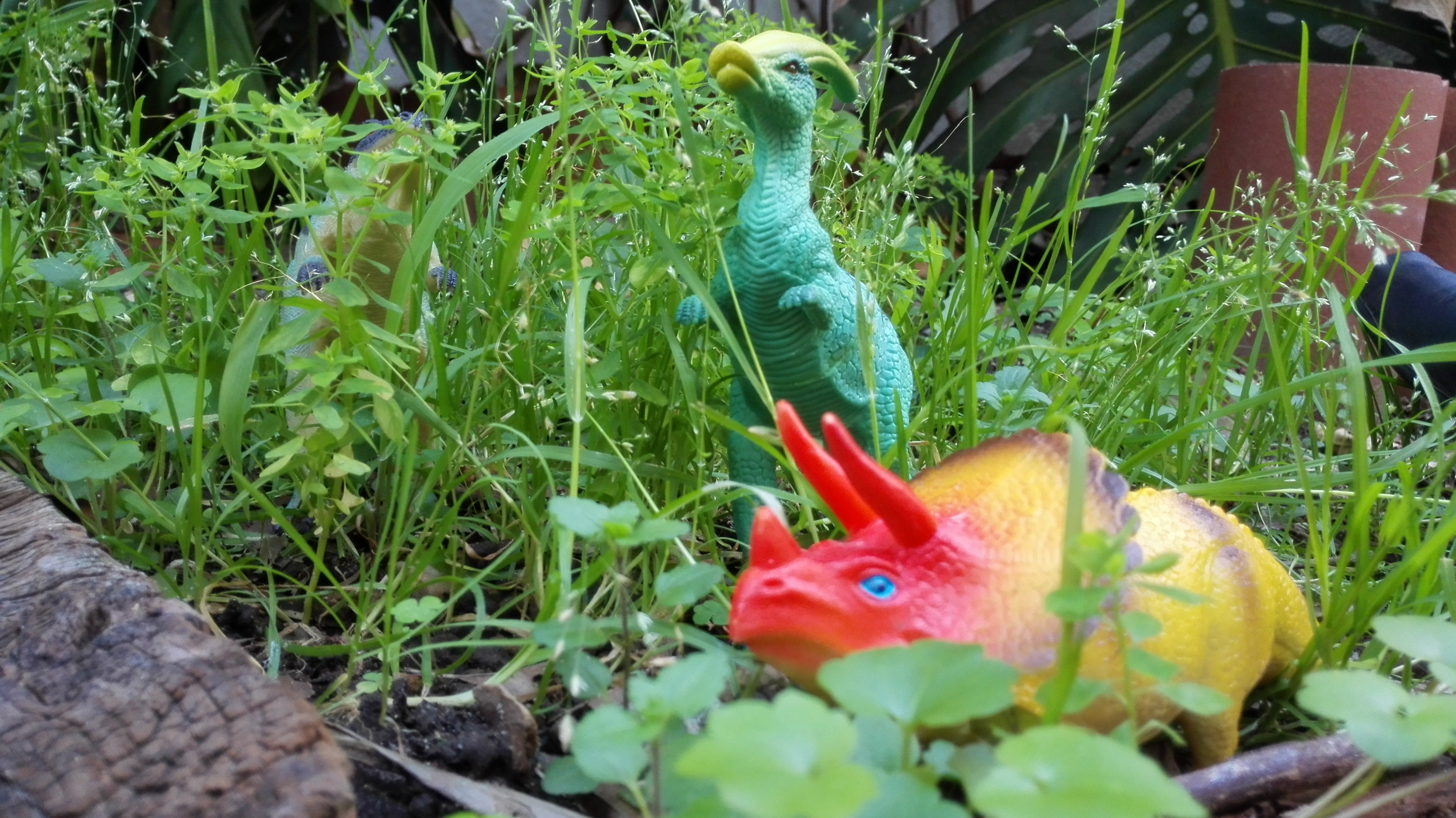

What I disliked
I wasn’t a fan of the Android UI saddled with the P7. It was just too cutesy looking and seemed to want to copy iOS 7 a little too much. It also slowed the P7 down. To counteract this, I downloaded the Google Now launcher which neatly installs the vanilla Android Kit Kat skin. Not only did it drastically improve the look of the P7, but it practically doubled the interface speed. Remember kids, custom Android skins are slow and ugly, vanilla Android is not.
The rear of the phone, with its 3D-like back and shiny lines is a little too slippery to be useful. The S5 had that cool, dimpled back and as a result, it wouldn’t slide off polished surfaces. The P7 though, skates around like an adrenalin-fuelled monkey. On a ceramic surface, the P7 has practically no surface tension at all. While Huawei should be commended for designing this eye-fetching, it should be admonished for creating a zero-friction surface. But if this type of extra gets your motors revving, then you’ll love the P7

Verdict: If you ignore the shiny, slippery rear and clunky UI (which is easily replaced), the P7 becomes my new favourite Android device. It’s priced well, packed with a juicy level of power and has easily the best screen of any smartphone. Huawei’s P6 was credible, if not great but with the P7, it changes the game in its favour and produces an early contender for Android phone of the year.
Score: 9/10

